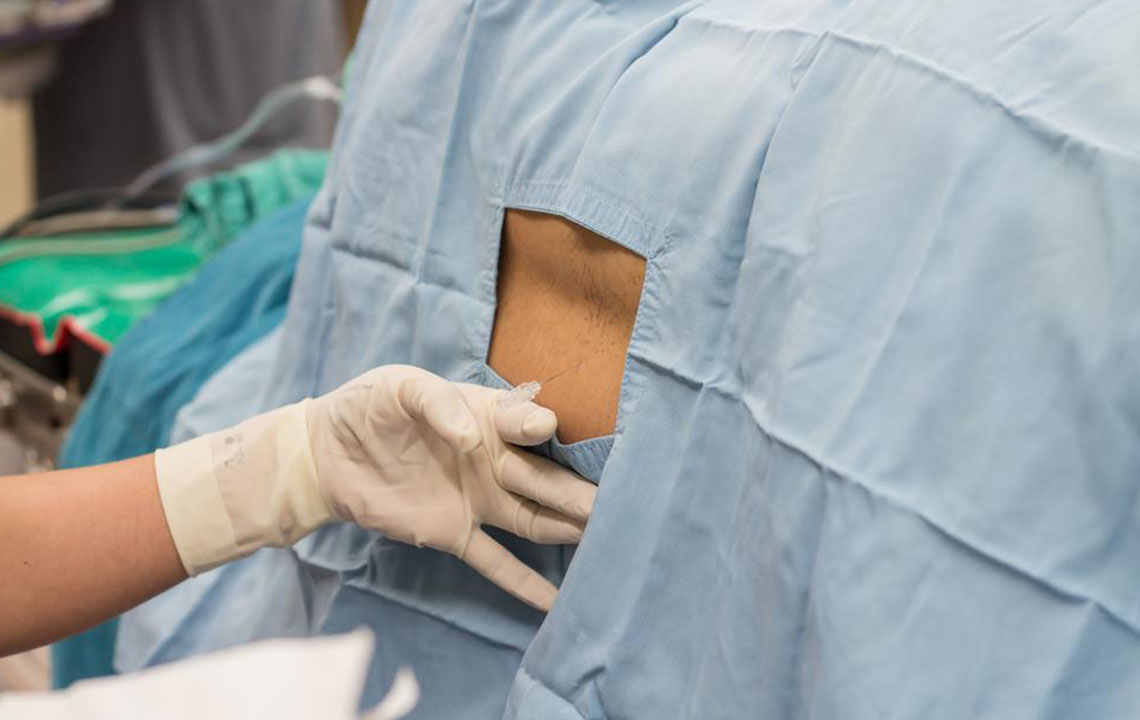
Percutaneous lumbar laser disc decompression – An overview
Spinal stenosis is usually categorized as either a postnatal developmental disorder or one that is caused by congenital abnormalities, that is a primary one. It can also be acquired as a result of deteriorating changes or as outcomes of surgery, trauma or even a local infection. Degenerative lumbar spinal stenosis can happen anywhere—the foramina, lateral recess, the central canal, or even every and any combination of these locations. Hence, spinal stenosis treatment is important.
Ever since that time, the available surgical procedures have become quite common in practice. Disc herniations are categorized usually as either being non-contained or contained.
As for contained disc herniation, the consequences of open surgical discectomy and laser spine surgery for the same have not been favorable. Keeping this in mind, several minimally invasive techniques were developed, one of which is the percutaneous lumbar laser disc decompression.
The idea of using lasers for the treatment of herniations of the lumbar disc was conceived in the early 1980s. After a series of laboratory experiments, the first percutaneous lumbar laser disc decompression was conducted. This procedure, fortunately, received FDA approval in 1991. Since then, many laser spine institutes located all across the US have been performing percutaneous lumbar laser disc decompressions as well as laser surgery spinal stenosis worldwide.
Clinical evidences
A prospective uncontrolled study by Duarte and Costa published in 2000 evaluated the efficacy of percutaneous lumbar laser disc decompression performed under CT guidance and local anesthetic. Appropriate selection criteria were then employed. Utilizing the MacNab criteria to include functional recovery, pain reduction, and absence of drug dependency, the study results showed that 67% of patients experienced good results and 9% acceptable outcomes.
Laser decompression technology has shown a relatively stable success rate over time. In another observational study report, satisfactory results were reported in 80% of patients with lumbar disc herniations.
In a case-control study report by Zhao and coworkers, published in 2005, the authors found that 82% of patients with a “good” indication experienced either a good or excellent treatment response, which favorably compared to 56% of patients who had less than a good indication.
Based on the evidence from a large number of similar observational studies, laser disc decompression appears to provide considerable relief in properly selected patients with lumbar disc herniation.
This spine surgery helps in the spinal stenosis treatment and is becoming increasingly popular.




